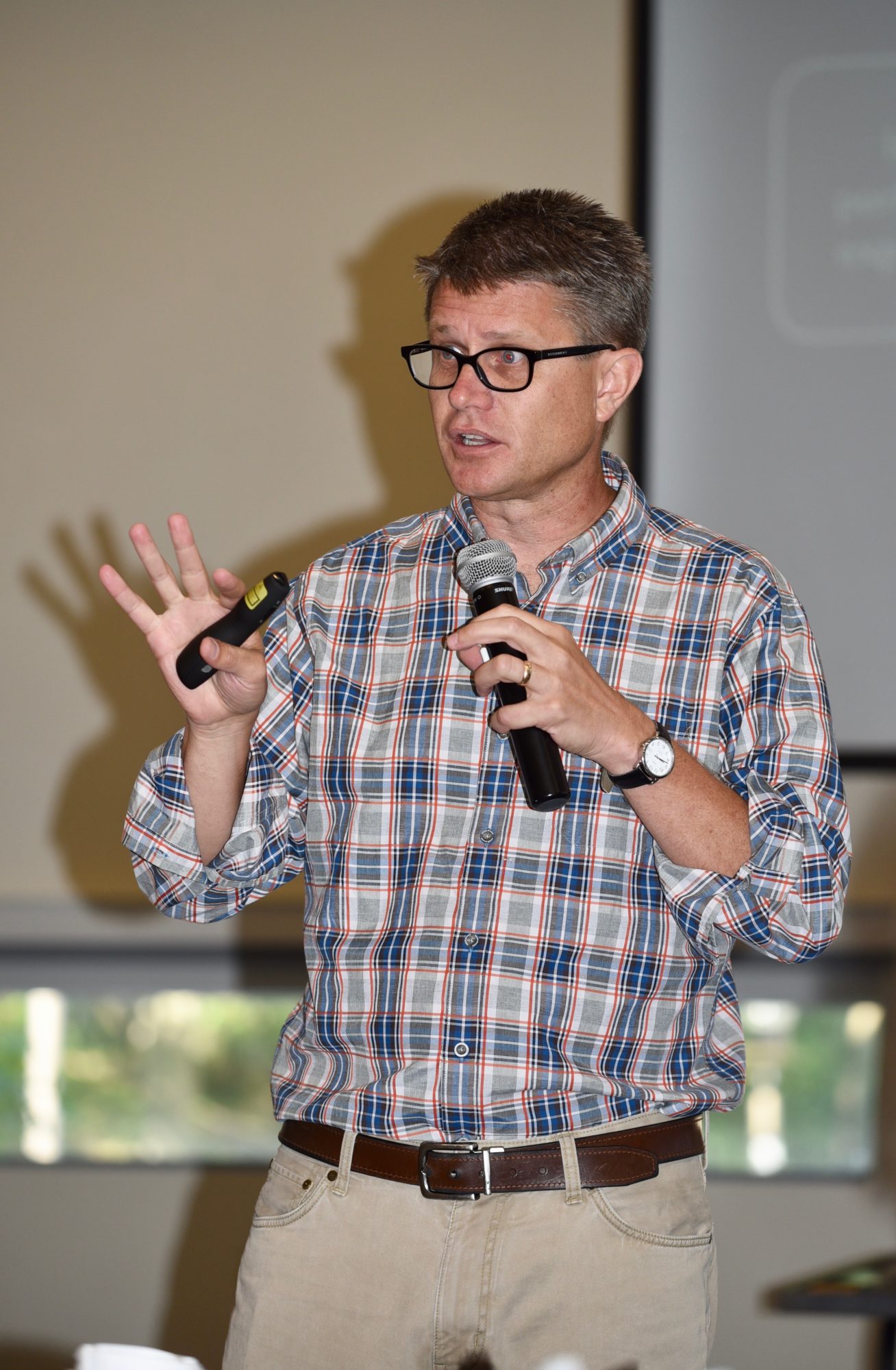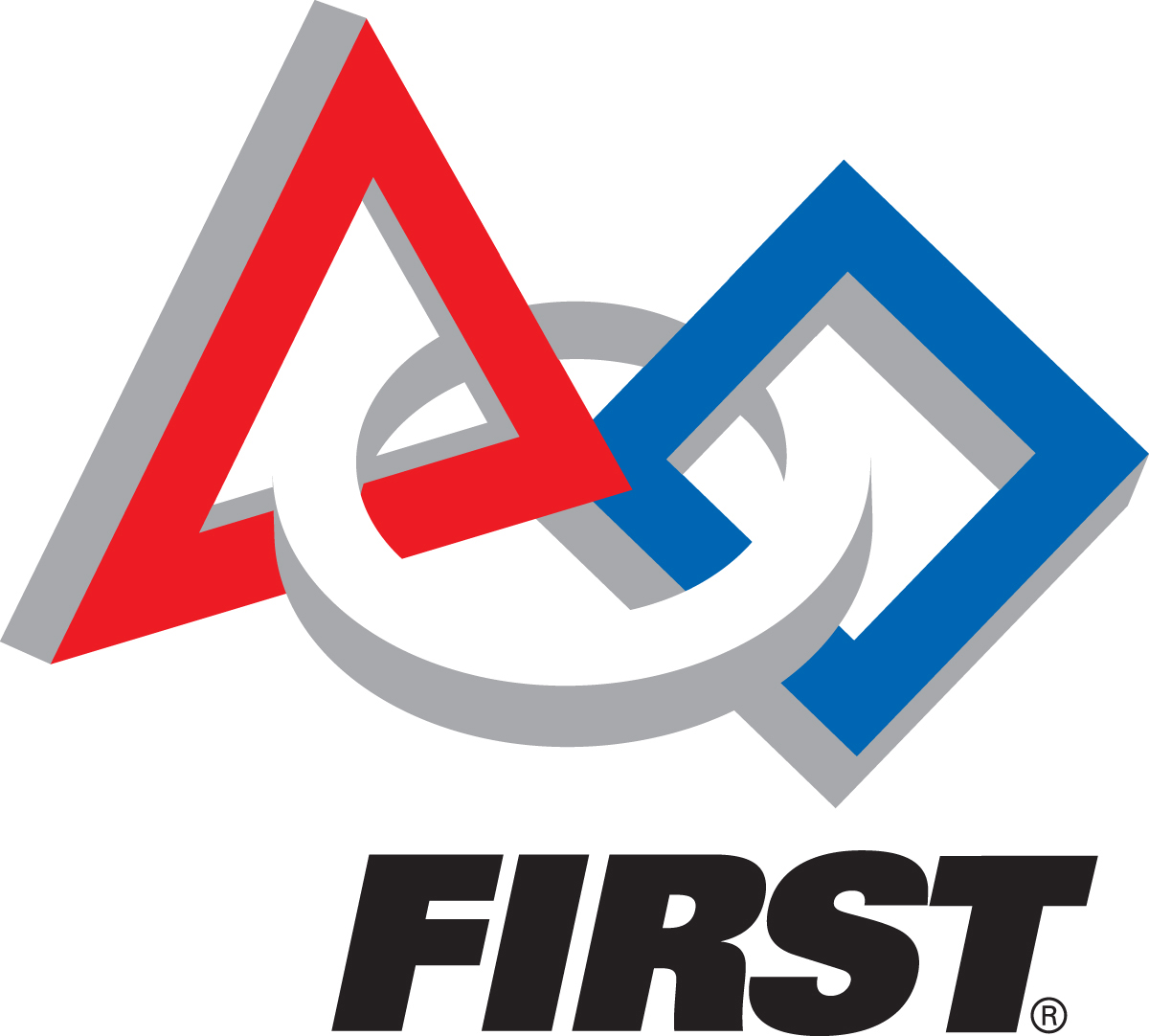By Tobias Hatten Suffolk- STANYS Earth Science SAR
In the midst of the dog days of summer and the tropical storm Isaias teachers from every corner of the state banded together with the goal of creating remote-ready unit plans for every science regents course. Upstate, downstate, finger lakes, capital, and every region in-between we did it separate, but together. In every aspect this collaborative effort represented the best professional development and networking experience that many teachers had ever experienced. The reach of this effort has been tremendous as it has offered an organized set of unit plans that teachers can quickly implement to broaden their practices and provide students with multi-modal and engaging learning experiences in these unprecedented times. Beyond New York, and across the world, this work has been shared and implemented towards excellence in science education. Amazing work STANYS and thank you!
The Backstory…
Once the world stopped due to COVID-19 science teachers were a bit lost as we tried to navigate our tactile classroom experiences through remote instruction. Each day teachers received e-mail after e-mail with great resources, PD opportunities, and ideas, yet at a certain point all of the e-mails were just lost as we each tried to keep high quality instruction going for our students. Towards May, the Suffolk STANYS group zoomed to discuss this new world and a pattern emerged…teachers were in need of help. No one teacher could transform years of experience and lessons all on their own. So we decided to try to make folders that could be shared, however, it seemed as if we were too late in the year for these to work. But what if we did something different, something better, something that harnessed the amazing skills of teachers across the state. So we focused on creating an opportunity and a space, Separate-But Together, with the simple focus of making remote-ready unit plans for each regents class.
The remote ready unit plans were made by 100’s of teachers working together and it has helped 1000’s of teachers because of the involvement of the amazing teachers who made it. The ability of the ideas and resources to spread like a wildfire occurred because of the personal involvement of educators across state and world. Even months afterwards, the facilitators receive 100’s of e-mail each week of thanks and appreciation. Personally, this was the most incredible PD that I have ever been a part of as we all worked Separate but Together.
Myself and STANYS would like to share an enormous THANK YOU. This work was so meaningful because we all worked together to make it the best. The monumental power of collaboration and willingness to help one another selflessly was amazing.
Please complete the google form if you would like to be informed of updates.https://forms.gle/7pGJmfrsv86JiVWz9
Link to Materials: https://docs.google.com/document/d/1c8Cd8cO7uBll-t-OyCx_n_B7KgSZVJQFCXbyIqdOcM4/edit


